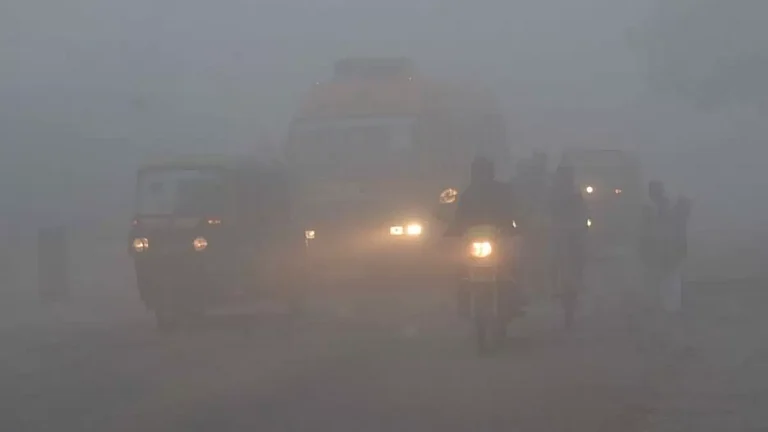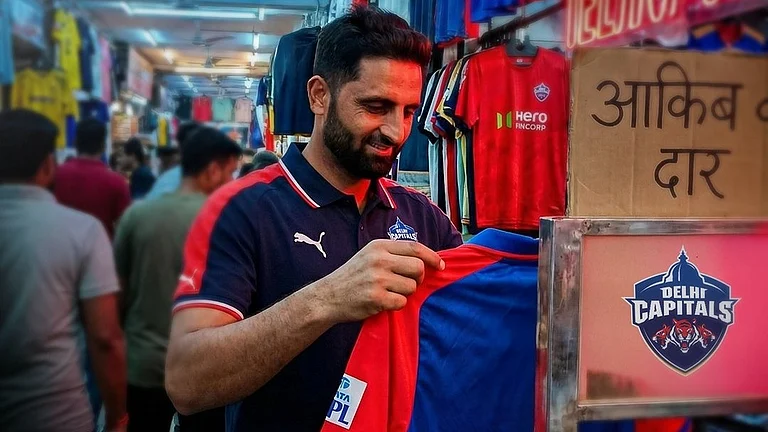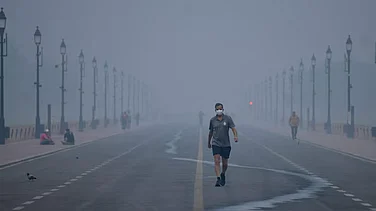“If you are driving, I need to check my insurance,” “Will you be able to reverse the car? And what about parking? Do you need me to do it for you?” “Why are you using both hands on the steering wheel and leaning forward?” “Please concentrate on the road. I don’t want to die,” “Oh, there is a woman driving behind us. Let’s check her out,” “I am sure a woman is driving this car because its moving slower than a bullock cart.”
If you are a woman, that too an Indian, you must have been subjected to these stereotypical statements, often masquerading as ‘jokes’, at some point in your life. And not to forget the frequent stares and the occasional honking if you slow down your vehicle.
Yes, it is 2021 and women’s driving experience still mirrors their position in the society. They face plenty of gender bias and discrimination on Indian roads, which makes them feel unwelcome and restricts them from taking up commercial jobs as drivers. In an article by The Times of India, Susieben Shah, the founder of all-women taxi service, Priyadarshini Taxi, recommended including yoga in the driver’s training process to “mentally prepare women for Indian roads as she must learn to ride along things like potholes and mindsets of other drivers.” Not surprisingly, the struggle for women taxi drivers starts from their homes; a 26-year-old woman driver told ZeeBiz that her family ridiculed her after she started driving a cab. She said, “my mother and brother used to taunt me saying `see here comes the driver`. They would also hide my profession from our friends and relatives”.
In fact, female drivers have always posed a serious threat to the long-established ideas of patriarchy and masculinity. Decades ago, Michael L. Berger wrote about the history of the stereotype that portrays women as bad drivers. According to him, a century ago in the United States, it was considered that women might misuse their freedom of mobility to compete with men and achieve the kind of lifestyle typically enjoyed by men. Women were expected to perform domestic duties and confine themselves to controlled environments instead of driving cars on the road that represented freedom – both social and mobility related. This, Berger notes, led to the “emergence of folklore concerning the alleged disabilities of feminine motorists, and the eventual development of the full-blown, negative ‘woman driver’ stereotype.” Closer home, the Why Loiter movement, driven by activists like Shilpa Phadke, Sameera Khan and Shi Ranade pushes for not just increased women’s access to public space, but also their right to such spaces. They push back against the notion that women are expected to ‘demonstrate a purpose’ to be out on the road whereas men are free to ‘loiter’ .
This discrimination based on gender differences can even be traced in the legal systems, as women in Saudi Arabia received ‘legal permission’ to drive in 2017, a decision that came into effect in 2018. In many cities in South Korea and China, the government has created ‘oversized’ parking spaces reserved for women drivers, furthering the stereotype that women are ‘worse drivers’ and unlike men, driving isn’t an innate skill for them. As a result, women continue to be underrepresented as transport providers even as much of the debate in the ride-hailing sector centres around women as transport users, where again the discourse is around danger and security. There is a lack of focus on the restriction of women’s freedom of movement, their social development and the resultant limited access to the job market.
The traditional taxis have always remained heavily male-dominated, with just 1% of women driving the yellow taxi in New York City and 2% of women driving the black cab in England, as noted by Ivan Levingston in Bloomberg Businessweek in the year 2020. While the exact figures are not known when it comes to the rapidly changing ride-hailing sector, the percentage of female drivers in Uber is 14% globally and according to the data provided by Uber to the International Finance Corporation in 2017, the proportion of female drivers is over 20% in two of its mature markets, the United States and Canada. The same cannot be said in relation to the targeted countries of this report as the percentage of female drivers ranges from 5.2% in Mexico and 3.8% in South Africa to 1% in the United Kingdom and 0.2% in Egypt, with India being excluded due to low sample size.
However, in 2018, the popular Indian ride-hailing platform, Ola, said the number of female-driver partners rises by 40% in every quarter for them. China’s leading mobility and ride-hailing platform operating across Asia Pacific, Latin America, and Russia, DiDi Chuxing, witnessed an increase in the number of female drivers during the COVID-19 pandemic. Globally, 4 million drivers and couriers registered on the DiDi platform in 2020, out of which 13.6% were female drivers in the international markets. Although fragmented, this suggests that there is scope for women to enter the ride-hailing sector in greater numbers and increase their income-generation opportunities.
However, from 1997 to 2017, not much has changed for women taxi drivers. A 1997 research study based on interviews of women drivers in South Africa, revealed “unequal power relations between women and men in the taxi industry, discrimination in employment practices, and sexual harassment of women taxi drivers.” It also concluded that gender discrimination, where women are treated as inferior to men, is a major cause of unequal access in the transport sector, apart from the money, capacity, skill, ability, and safety, which is also unequally distributed by gender. Similarly, an Indonesian study conducted in 2017 found that “there is still a lot of discrimination against women online ride-hailing drivers who are proven to receive more order cancellations by consumers due to sexism in society.”
In other lower-middle-income countries, particularly ethnically diverse ones like India, several forms of exclusion follow for women taxi drivers:
- Occupational exclusion: the gender-related cultural norms restrict women to take up the driving seat of a taxi as the society define ‘suitable’ professions for women.
- Financial exclusion: the gaps in the financial inclusion affect women’s ability to take loans in their names for renting or buying a vehicle. According to the latest available Global Findex database, women are overrepresented among the world’s unbanked. About 980 million women do not have an account, which comprises 56 percent of all unbanked adults globally residing mostly in the developing world.
- Infrastructural exclusion: limited access to education leading to financial illiteracy as well as inability to understand the contracts; insufficient public toilets; unsafe transport to and from work
- Social exclusion: Some groups of the Indian society are highly excluded and suffer from intersecting disadvantages on the basis of their culture, race, tradition, religion and cultural practices as exemplified by India’s caste system. Social exclusion combined with gender analysis makes India a unique case to study.
According to the Social Exclusion guide, “people can be at a disadvantage in one regard (e.g. women with regard to gender) but privileged in another (e.g. upper caste).” For instance, while the Indian traffic cops are reported to be generally lenient with women drivers as reflected from these headlines: ‘Traffic cops not taking action against women drivers – RTO’; ‘Ghaziabad cops rarely fine women’; Hyderabad: Female drunk drivers get away scot-free’; ‘Delhi woman gets challan, threatens to commit suicide, cops let her go after argument’, the same cannot be said in relation to the underprivileged women taxi drivers.
Reba Kayal Mondal, a 40-year-old Pink Taxi driver in Kolkata told Citizen Matters: “The men-in-uniform act like a villain for us. They fine us heavily for the slightest mistake and use abusive language bringing us to tears. Men driving four wheelers are let off lightly for the same kind of lapses but if it’s us, they shout at us, saying that we are fit only for household work. Even auto drivers and other commercial vehicle drivers throw humiliating and vulgar comments at us. They find it difficult to digest that women are sitting at the wheels.”
Similarly, another woman taxi driver told Hindustan Times, "Last week, a traffic constable in Gurgaon started harassing me when I took a wrong turn. He asked to see my license. But it didn't stop with that. He even told the passenger that she should warn drivers against wrong driving practices." Moreover, the Indian police is seen as having apathy towards the poor and carrying their caste and communal biases and prejudices into their work.
Clearly, women taxi drivers, especially in a country like India, are subjected to multiple forms of discrimination from gender to economic to social. Indian feminist scholar Nivedita Menon, argues that feminism is heterogeneous and internally differentiated across contexts. In other words, our political practice constructs categories of identity, where rather than a Muslim woman being both Muslim and a woman, she may be at times only be a Muslim, and at others, only woman. In an interview with Tarshi Magazine, Menon, says, “There are ‘people’ who may respond to different kinds of political challenges as ‘Dalit’ or ‘Muslim’, or as ‘women’. The success of feminism lies precisely in its capacity to motivate ‘people’ to affirm themselves as feminists in different kinds of contexts.”
Hence, the first step in making the Indian roads ‘inclusive’ is minimising the various forms of aforementioned exclusions and increasing the number of women cab drivers on road. Otherwise, we will always be subjected to a ‘bad woman driver’ on the road.





















